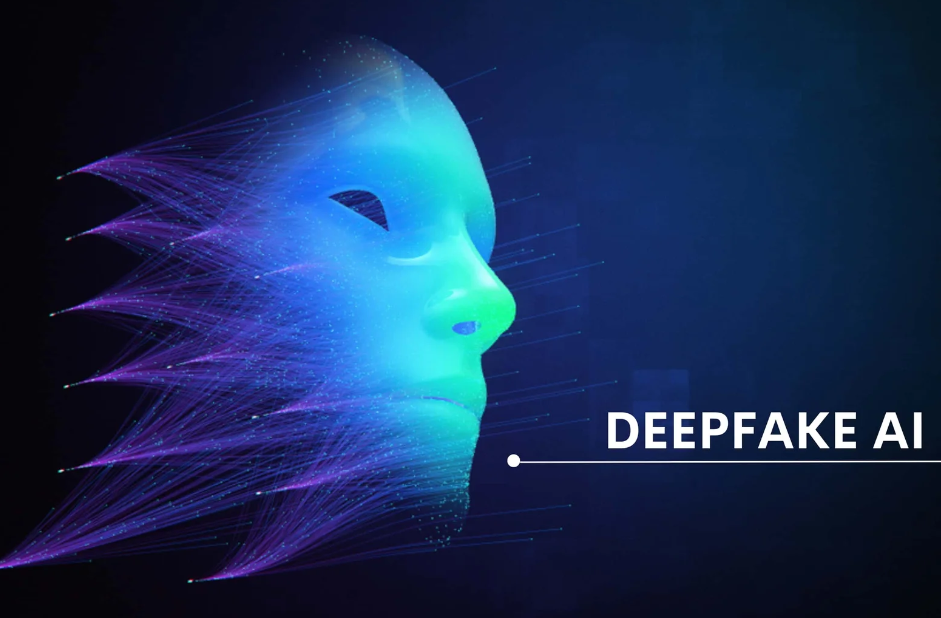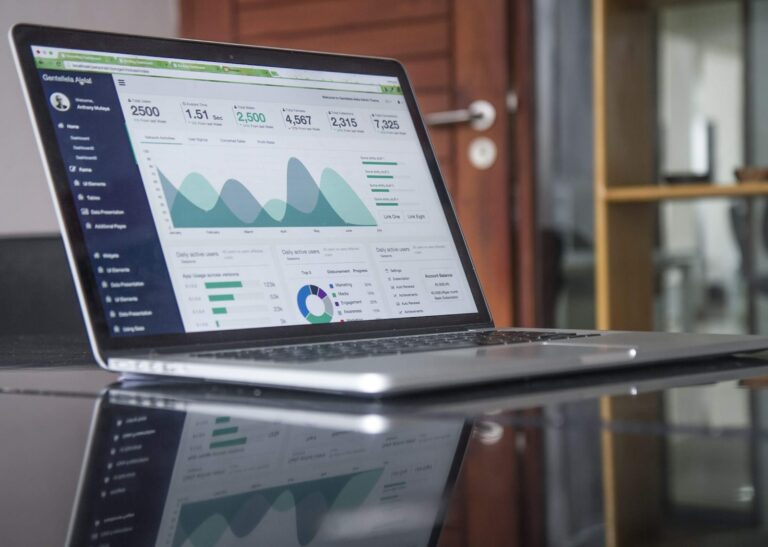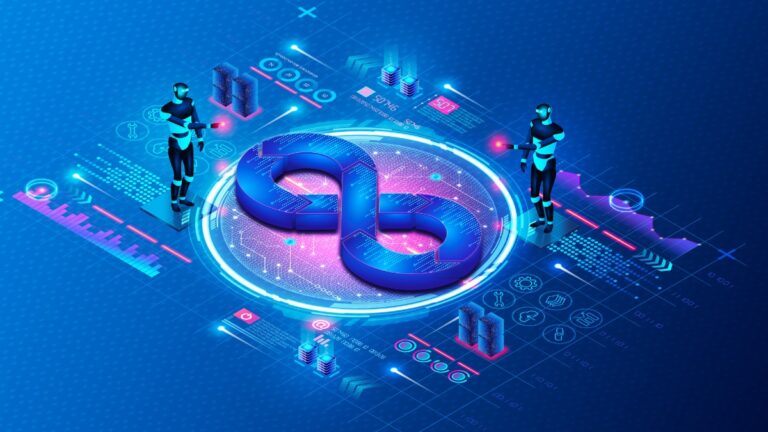Reality of DeepFake : Separating Facts from Fiction
Welcome to the digital era, Let’s understand the Reality of Deepfake is crucial for safeguarding personal and corporate integrity. These are like digital magic tricks made possible by AI. They can make people in videos or pictures say or do things they never actually did. Sounds cool, right? But there’s a catch – deepfakes also come with some big problems. We’ll embark on a journey through the land of deepfakes, uncovering its wonders and warning signs in easy-to-understand terms.
Let’s see how they’re changing the game in the world of AI.

What is Deepfake AI?
Deepfake AI is like a digital magician. It uses smart computer programs to create fake videos, images, or sounds that look and sound real. Imagine seeing your favorite actor say something they never actually said, or watching a video of someone doing something they never did – that’s deepfake AI in action!
How Does Deepfake AI Work?
Deepfake AI is all about using fancy computer algorithms to manipulate media. It learns from lots of real videos, pictures, and sounds, and then creates new ones that look and sound just like the real thing. It’s kind of like a computer artist that can paint perfect pictures or make people say anything you want!
The Bright Side of Deepfake:
At first glance, deepfake may seem like fun digital tricks with several potential applications:
- Entertainment: Deepfakes can bring characters to life in movies or create hilarious memes and videos for entertainment purposes.
- Education: They have the potential to enhance educational content by simulating historical events or facilitating language learning through realistic speech synthesis.
- Accessibility: Deepfakes could assist individuals with disabilities by generating synthetic speech or facial expressions to aid communication.
- Creative Expression: Artists can use deepfakes as a medium for digital art, exploring new forms of expression and storytelling.
The Dark Side of Deepfake:
However, deepfakes also present significant challenges and risks:
- Fake News: Deepfake AI can be used to spread false information or manipulate people by making them believe things that aren’t true.
- Privacy: It can invade people’s privacy by creating fake videos or pictures of them without their permission, which is not cool.
- Scams and Fraud: Bad guys might use deepfake AI for scams or fraud, tricking people into giving them money or personal information.
- Trust: With deepfake AI around, it’s harder to know what’s real and what’s fake, making it tough to trust what we see online.
- Stealing: Bad people might use deepfakes to steal someone’s identity or trick others into giving them money.
What Can We Do About It?
- Be Doubtful: If something looks too amazing, it might not be real. Trust your gut and ask questions about what you see online.
- Check Sources: Always make sure information comes from trusted places before sharing it with others.
- Spread the Word: Tell your friends and family about deepfake AI and make sure they know about the risks.
- Push for Rules: Support laws and rules that keep people safe and stop deepfake AI from being misused.

DeepFake : The double-Edged Sword of AI
Deepfake are indeed a two-faced coin – offering both wonder and worry in the world of AI. As we navigate this digital landscape, let’s embrace the magic of technology while staying vigilant against its darker sides. By understanding the power of deepfakes and using technology responsibly, we can ensure a brighter and safer future for all.







